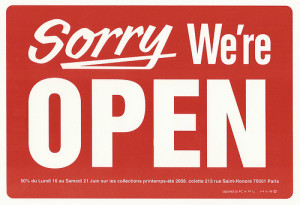 Massive open online courses (MOOCs) have become a worldwide phenomenon, as interested folks from anywhere in the world can participate. Some MOOCs attract huge numbers of students, many coming from countries where access to higher education may be difficult or not available at all. In some cases, students completing a MOOC are able to earn a certificate of completion or mastery that can be professionally useful. Others participate purely for personal growth. Almost all MOOCs are taught in English, although increasingly we are seeing such courses originate outside the English-speaking world. One of the recent trends are hybrid offerings, which combine the content and course structure from MOOCs with instructor-led local courses.
Massive open online courses (MOOCs) have become a worldwide phenomenon, as interested folks from anywhere in the world can participate. Some MOOCs attract huge numbers of students, many coming from countries where access to higher education may be difficult or not available at all. In some cases, students completing a MOOC are able to earn a certificate of completion or mastery that can be professionally useful. Others participate purely for personal growth. Almost all MOOCs are taught in English, although increasingly we are seeing such courses originate outside the English-speaking world. One of the recent trends are hybrid offerings, which combine the content and course structure from MOOCs with instructor-led local courses.
There have been plenty of critics of MOOCs, with some pointing to the high drop-out rate and others to the impersonal nature of how the courses taught or the lack of interactivity. Increasingly, the consortia or companies offering MOOCs, such as Coursera, Edx, or Udacity, are working towards more peer-to-peer networking and more interactivity through self and peer assessments and more frequent learning tasks. One area that continues to lag in terms of online pedagogy is the limited amount of student-content interactivity. Content is typically presented through videos, with minimal interactions – usually in the form of pausing the video for true-false or multiple choice questions. The content presentation is separate from the online discussions, with few options for participants to interact with the presenter, although sometimes a small sub-section of the course can actively comment or raise questions. The other limited aspect of MOOC pedagogy is the use of commercial textbooks, often an integral part of the course. Sometimes the texts are supplied at low cost, but they tend to be static learning materials and are not normally available outside the course structure. The “open” in MOOCs doesn’t usually extend to content.
Recently, however, there have been developments in the MOOC space which offer a more open content model. One of those is the consortium of universities, mostly from the UK, FutureLearn, which features the Open University, long a leader not only in distance learning, but also in sharing course content. Along with founder MIT and a host of other universities, the Open University is a member of the OpenCourseware Consortium, which makes content available in standard exchange formats such as the IMS Common Cartridge. Many developments in open content sharing are occurring outside the U.S. Recently, for example, an online university has been created, based in New Zealand, OERu, that features open educational resources (OER). One of the big advantages of using open content is the ability to customize course content, assembling OERs from different sources into a course, or starting with a piece of open courseware, then editing it as needed. For this to be possible, content needs to be made available in standard formats. Today that usually means using HTML5 and could include as well the packaging format for e-book readers, EPUB 3. I recently published a piece in Language Learning & Technology which discusses how that can do done with examples for language learning.